From Topic Boundaries to Omission: New Research on Interpretation (Studies in Interpretation Series, Vol. 1)
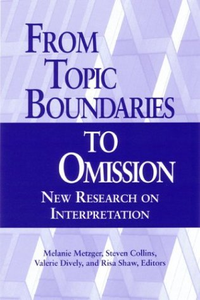
Summary
This new collection examines several facets of signed language interpreting. Claudia Angelelli’s study confirms that conference, courtroom, and medical interpretation can no longer be seen as a two-party conversation with an “invisible” interpreter, but as a three-party conversation in which the interpreter plays an active role. Laura M. Sanheim defines different turn-taking elements in a medical setting as two overlapping conversations, one between the patient and the interpreter and the other between the interpreter and the medical professional.
In her analysis of discourse at a Deaf revival service, Mary Ann Richey demonstrates how Deaf presenters and audiences interact even in formal settings, creating special challenges for interpreters. Jemina Napier shares her findings on the nature and occurrence of omissions by interpreters in Australian Sign Language and English exchanges. Elizabeth Winston and Christine Monikowski describe different strategies used by interpreters to indicate topic shifts when interpreting into American Sign Language and when transliterating. The study concludes with Bruce Sofinski’s analysis of nonmanual elements used by interpreters in sign language transliteration.
Similar Books
-

-
 Life Stories: The Creation of Coherence
Life Stories: The Creation of Coherenceby Charlotte Linde
-
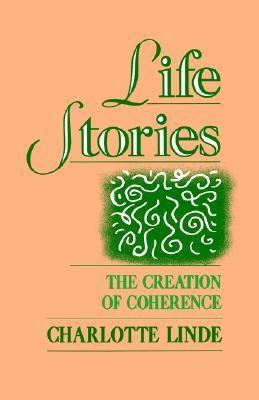 Life Stories: The Creation of Coherence (Oxford Studies in Sociolinguistics)
Life Stories: The Creation of Coherence (Oxford Studies in Sociolinguistics)by Charlotte Linde
-
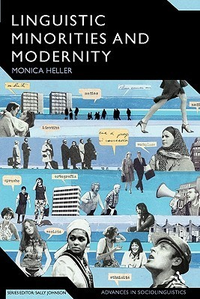 Linguistic Minorities and Modernity: A Sociolinguistic Ethnography
Linguistic Minorities and Modernity: A Sociolinguistic Ethnographyby Monica Heller
-
 The Otherness of English: India′s Auntie Tongue Syndrome
The Otherness of English: India′s Auntie Tongue Syndromeby Probal Dasgupta
-
 Gender, Politeness and Pragmatic Particles in French
Gender, Politeness and Pragmatic Particles in Frenchby Kate Beeching
-
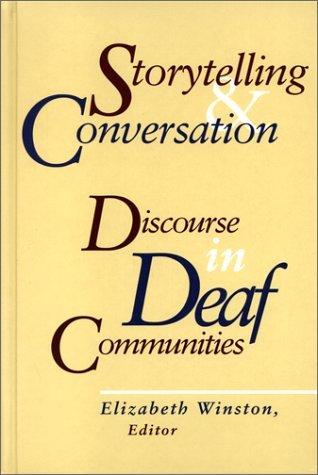 Storytelling and Conversation: Discourse in Deaf Communities (Volume 5)
Storytelling and Conversation: Discourse in Deaf Communities (Volume 5)by Elizabeth Winston
-
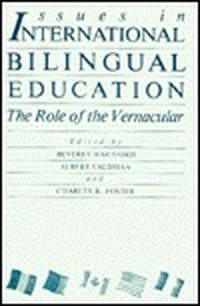 Issues in International Bilingual Education: The Role of the Vernacular
Issues in International Bilingual Education: The Role of the Vernacularby Beverly A.S. Hartford